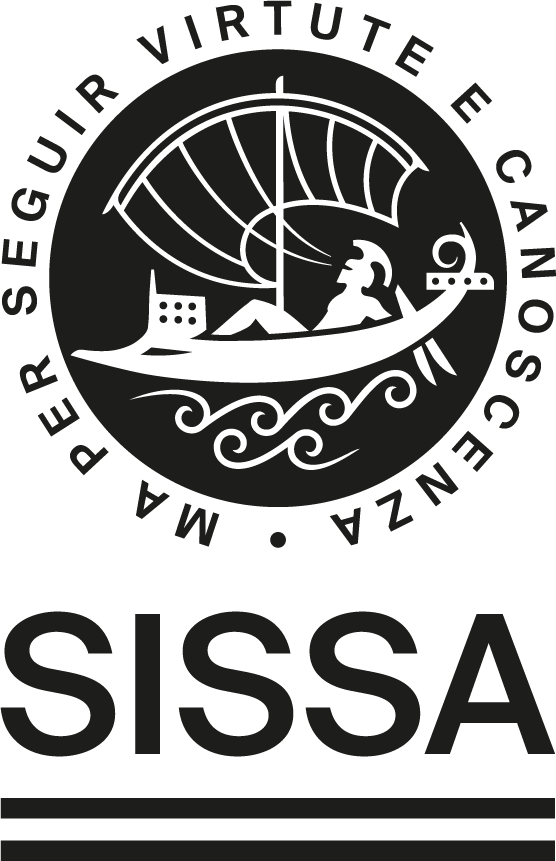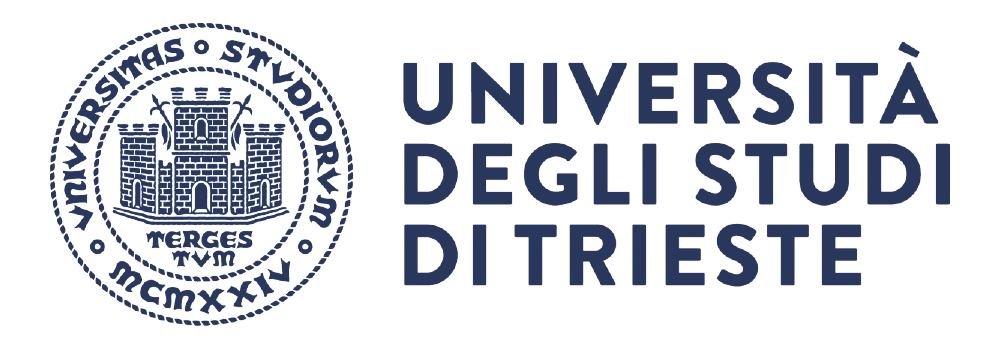Research Topic 1
Digital Twins serve as dynamic mirrors of some incredibly intricate phenomena, including turbulence, physiological responses in organisms, and traffic flow in urban transportation networks. These phenomena fall under the broad category of complex systems—collections of interconnected elements whose interactions yield emergent behaviors and properties beyond the understanding of individual components alone.

To understand and predict the behavior of a complex system, scientists rely on a mathematical model—a set of equations that encapsulate the physical laws governing the system. Think of mathematical models as the Rosetta Stone of complex systems: solving their equations corresponds to deciphering the cryptic language of physics underlying these systems’ behavior.
To make this task much more effortless and quick, physicists appeal to numerical algorithms. The process is straightforward: instead of carrying out calculations by hand, they provide a set of step-by-step instructions to a computer, which can solve a problem using only numbers and mathematical operations. Numerical algorithms are the essence of DTs and enable the real-time simulation of a complex system. Unfortunately, using them requires to perform a few approximations, which translate into small errors in the final results.
Today, numerical algorithms have reached a whole new level of effectiveness thanks to Artificial Intelligence (AI) and, in particular, Machine Learning (ML)—a subset of AI algorithms that enable computers to perform tasks without explicit programming instructions. Equipped with a ML algorithm, a machine becomes a sort of virtual apprentice that learns from data and experience, identifying patterns and making decisions or predictions based on that information.
The potential of ML in developing DTs is immense—yet, to create effective virtual replicas of complex systems, they demand further exploration. This is where Spoke 9’s Research Topic 1 (RT1) comes into play: its goal is to delve into the realm of ML algorithms to harvest crucial insights for crafting robust DTs, paving the way for tangible, real-world applications.
Participants
The participants of Research Topic 1 are the International School for Advanced Studies (SISSA), the University of Padua (UniPD), and the University of Trieste (UniTS).
The leader is Prof. Mario Putti from the University of Padua.




